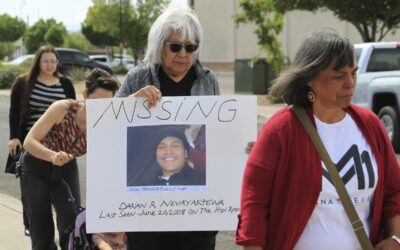
Shutterstock.
Cooling centers ensure Arizonans stay safe and cool this summer. Here’s how you can find one (and other important resources) near you.
Arizona is renowned for its scorching temperatures, especially from May to September. With the mercury soaring, heat-related illnesses become a serious concern. Each summer, nearly 3,000 people end up in emergency rooms across the state due to heat-related issues. In the past decade, more than 3,200 Arizonans have been killed at least in part by excessive heat.
However, there’s hope. To combat this relentless heat, Arizona offers dozens of dispersed cooling centers, providing much-needed relief and helping residents stay safe during the sweltering summer months. So if you’re currently unhoused, dealing with AC issues in your car or home, or just need a safe place to cool off, cooling centers have you covered.
Here’s what you need to know.
What is a Cooling Center?
A cooling center is a designated public space where individuals can seek temporary relief from extreme heat conditions. These centers are critical in preventing hyperthermia caused by high temperatures, humidity, and poor air quality.
Common in large cities like Los Angeles, New York, and Chicago, as well as in less urban areas, cooling centers provide essentials such as shade, water, and restrooms. They often operate in public buildings like libraries, community centers, and fire stations, and cater to vulnerable populations including the unhoused, elderly, and those without air conditioning. Informal cooling centers can also include places like shopping malls and recreational facilities.
How to Locate a Cooling Center
To find a formal cooling center near you, use the Arizona Department of Health Services Cooling Center Map. This interactive map provides the locations, addresses, and operating hours of cooling centers across the state.
The map has designated icons for different services, including but not limited to:
- Cooling centers
- 24/7 cooling centers
- Hydration stations
- Respite centers
- Excessive heat events
- Donation collection sites
Hydration stations are areas where residents can get free bottled water as well as other donated items. Drinking fountains or bottled water is also provided at every cooling center. Respite centers provide indoor, air-conditioned spaces where people can cool off, hydrate, and have uninterrupted rest during the hours of operation. Lastly, collection sites accept donations (primarily bottled water, though some sites accept other items, such as toiletries, hats, and light clothing).
This article first appeared on Good Info News Wire and is republished here under a Creative Commons license.
This story was generated in part by AI and edited by The Copper Courier staff.
RELATED: Street medicine teams search for homeless people to deliver lifesaving IV hydration in extreme heat
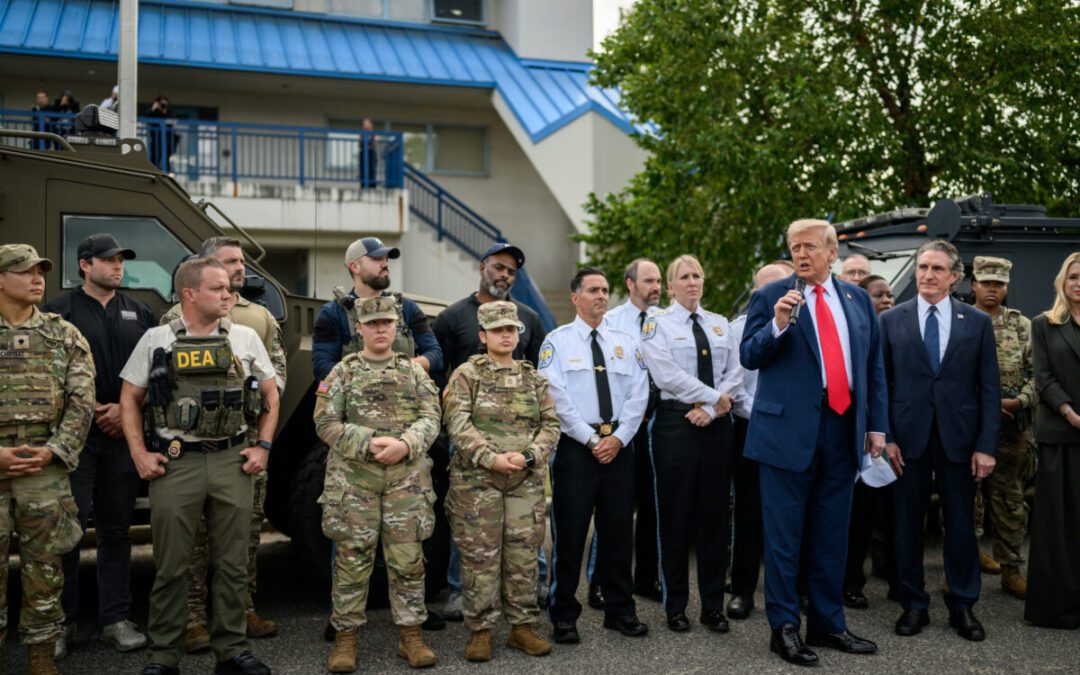
Could Phoenix draw Trump’s attention for a National Guard deployment?
WASHINGTON – President Donald Trump has not floated the possibility of sending troops into Arizona. But the violent crime rate in Phoenix is higher...
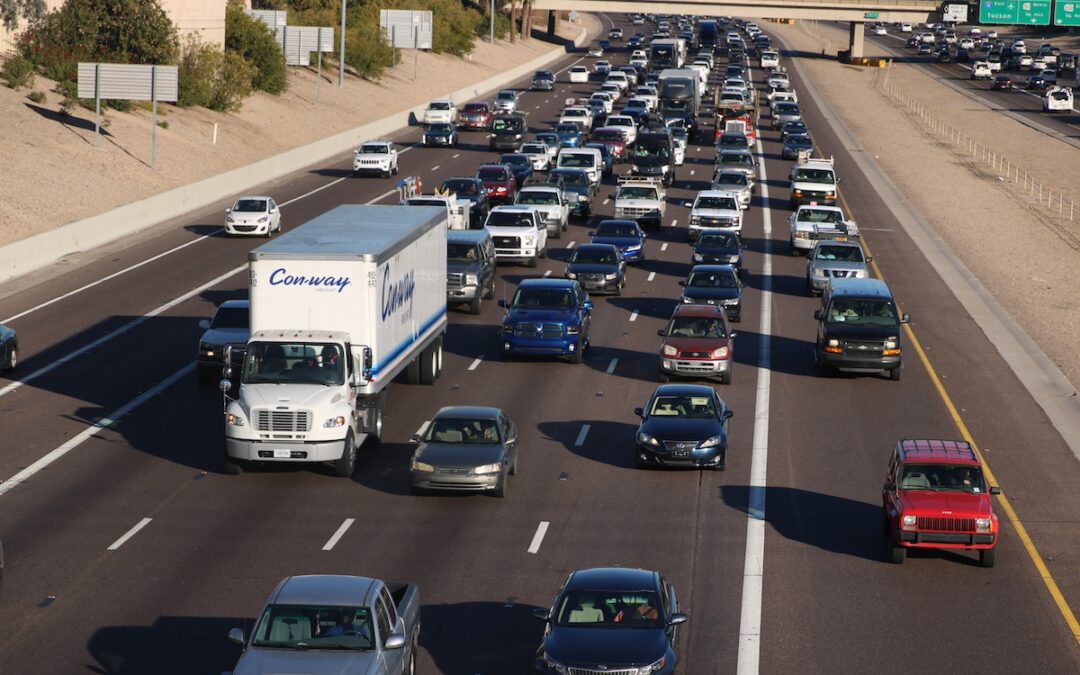
Arizona highways: Numbers of wrong-way drivers and crashes decrease
Driving under the influence of drugs or alcohol makes up the majority of the causes of wrong-way incidents. PHOENIX – A recent string of wrong-way...
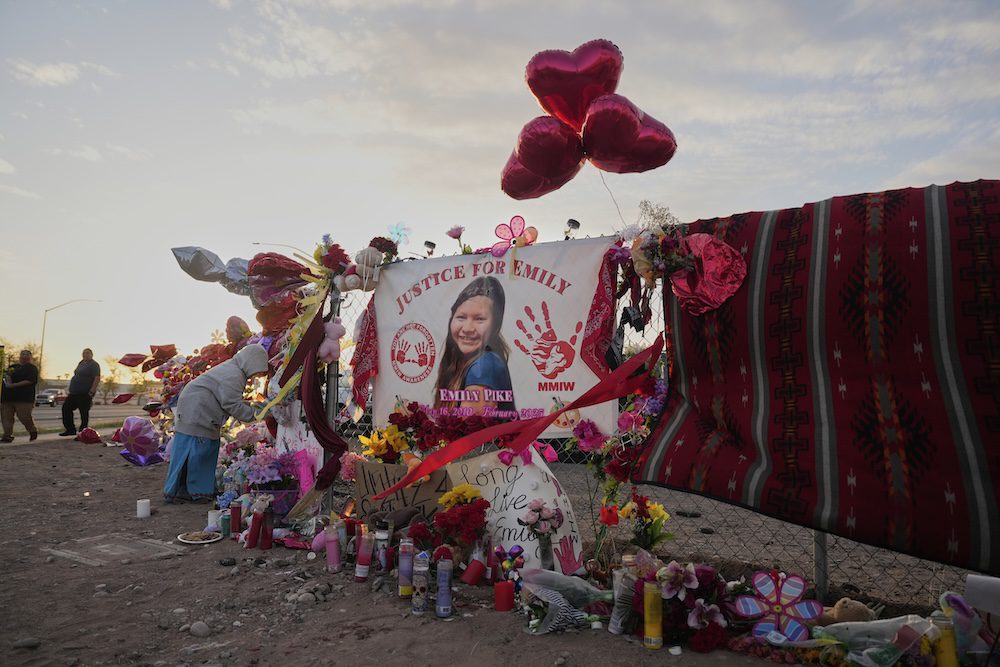
Arizona Gov. Katie Hobbs signs ‘Emily’s Law’ to alert when Native Americans go missing
Arizona’s "turquoise alert" legislation is also referred to as “Emily's Law” to honor Emily Pike, whose remains were found Feb. 14 more than 100...
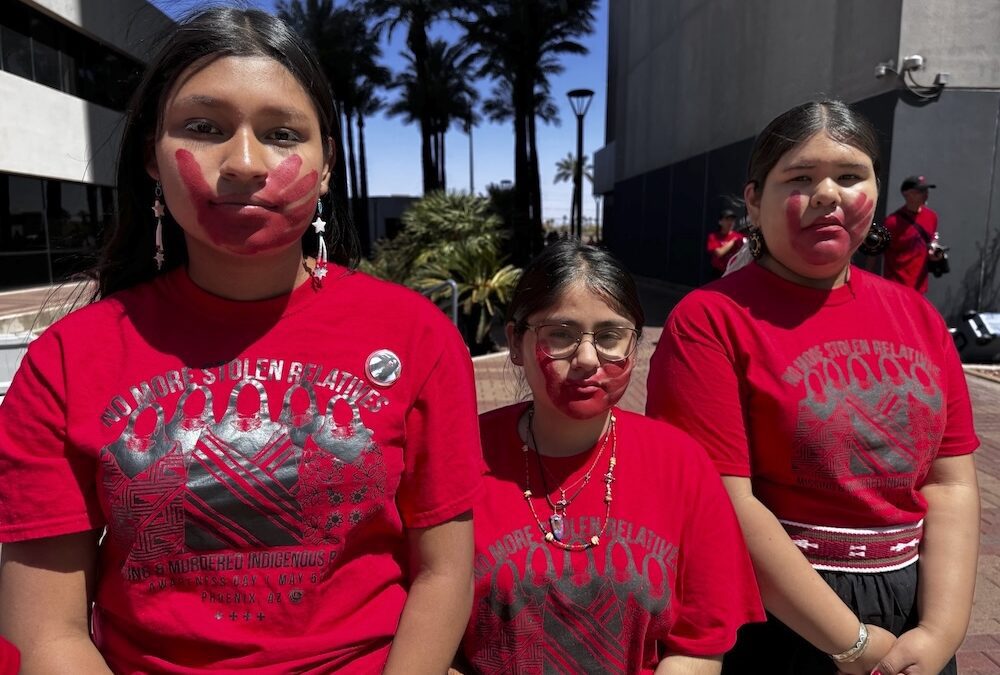
Indigenous people raise awareness about their missing and murdered
Indigenous people across North America are calling this week for sustained responses to the violence in their communities, much of it against women...



